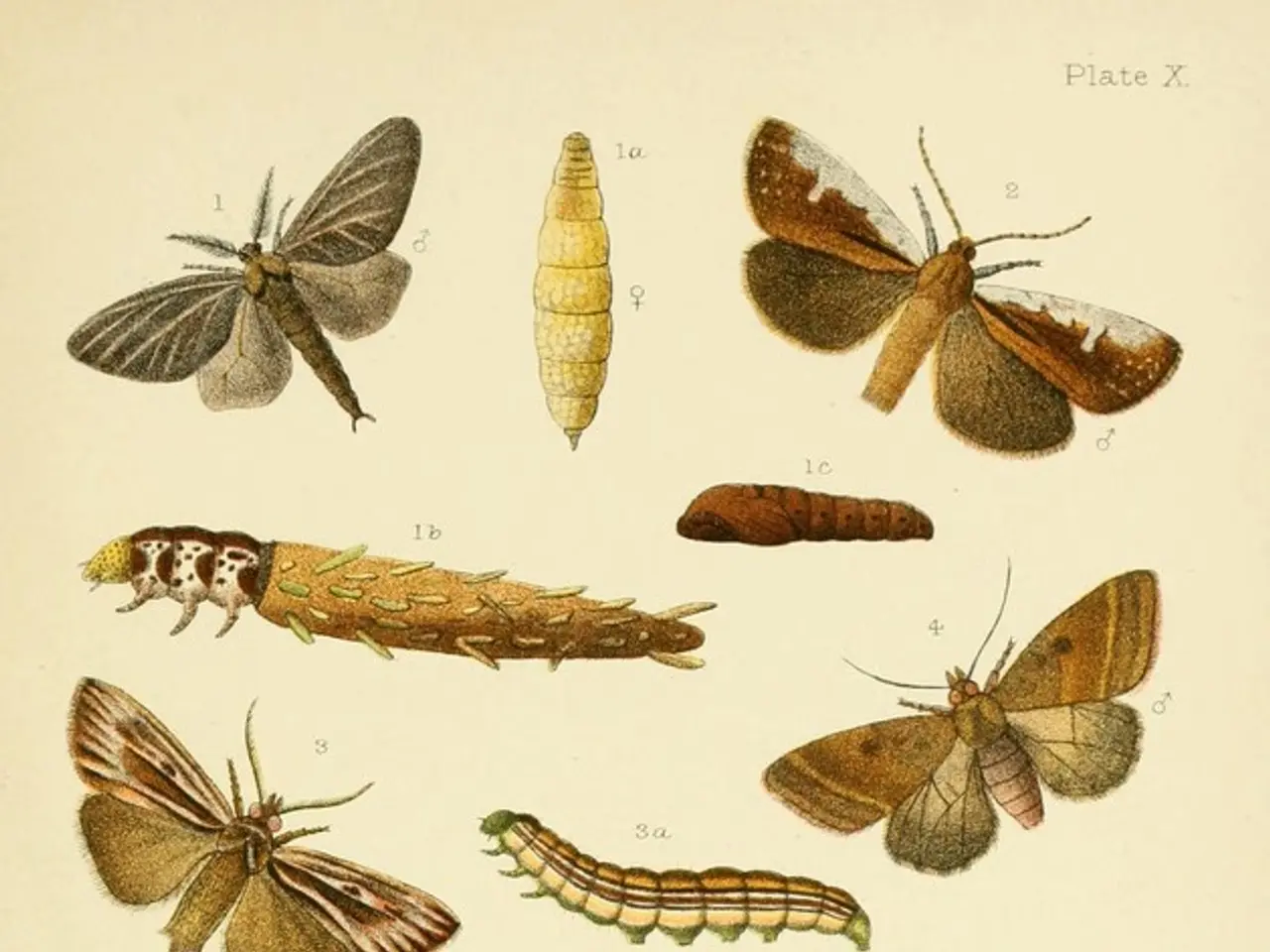Boundaries Control Deformation in Microtubule Networks
Scientists, led by Margaret L. Gardel, have found that the boundaries of networks composed of microtubules and motor proteins directly govern their deformation. This pioneering research, conducted in lab settings, underscores the critical role of boundary geometry in active network organization.
The study demonstrates that the shape of the boundaries actively dictates how these networks deform. Even when networks possess different geometries, they exhibit uniform and isotropic contraction, showcasing a remarkable preservation of boundary geometry. In active networks, boundary deformation escalates with higher stress and diminishes with greater stiffness.
Researchers discovered that boundaries exhibit local fluctuations which propagate along the boundaries, contributing to the overall deformation. By manipulating the boundaries, scientists can achieve distinct modes of deformation. The interplay of internal stresses, network geometry, and local fluctuations governs boundary deformation in these active networks. Moreover, engineers can control boundary geometry to achieve predictable dynamical modes and engineered deformations of the network.
This research emphasizes the substantial influence of boundary geometry on the deformation of networks composed of microtubules and motor proteins. Understanding and controlling these boundary effects could pave the way for innovative applications in materials science, engineering, and biotechnology.




